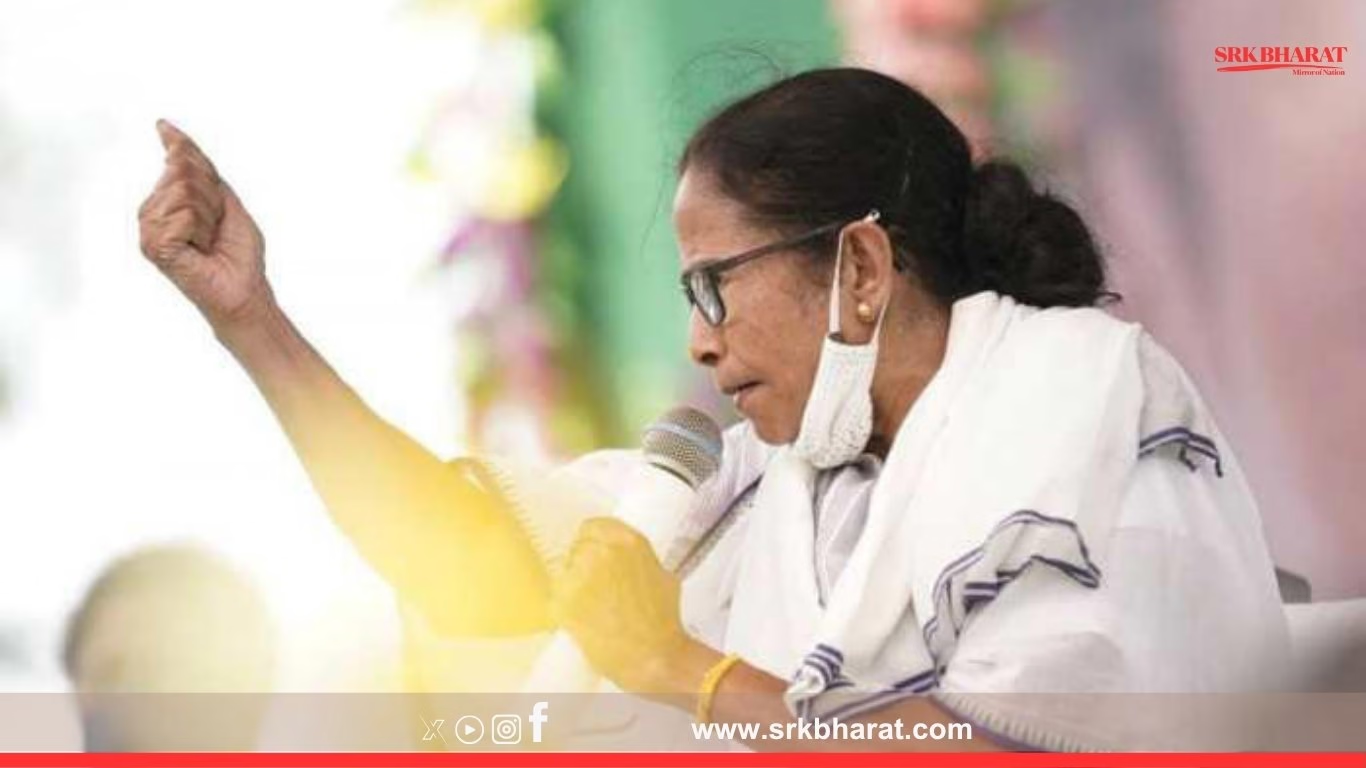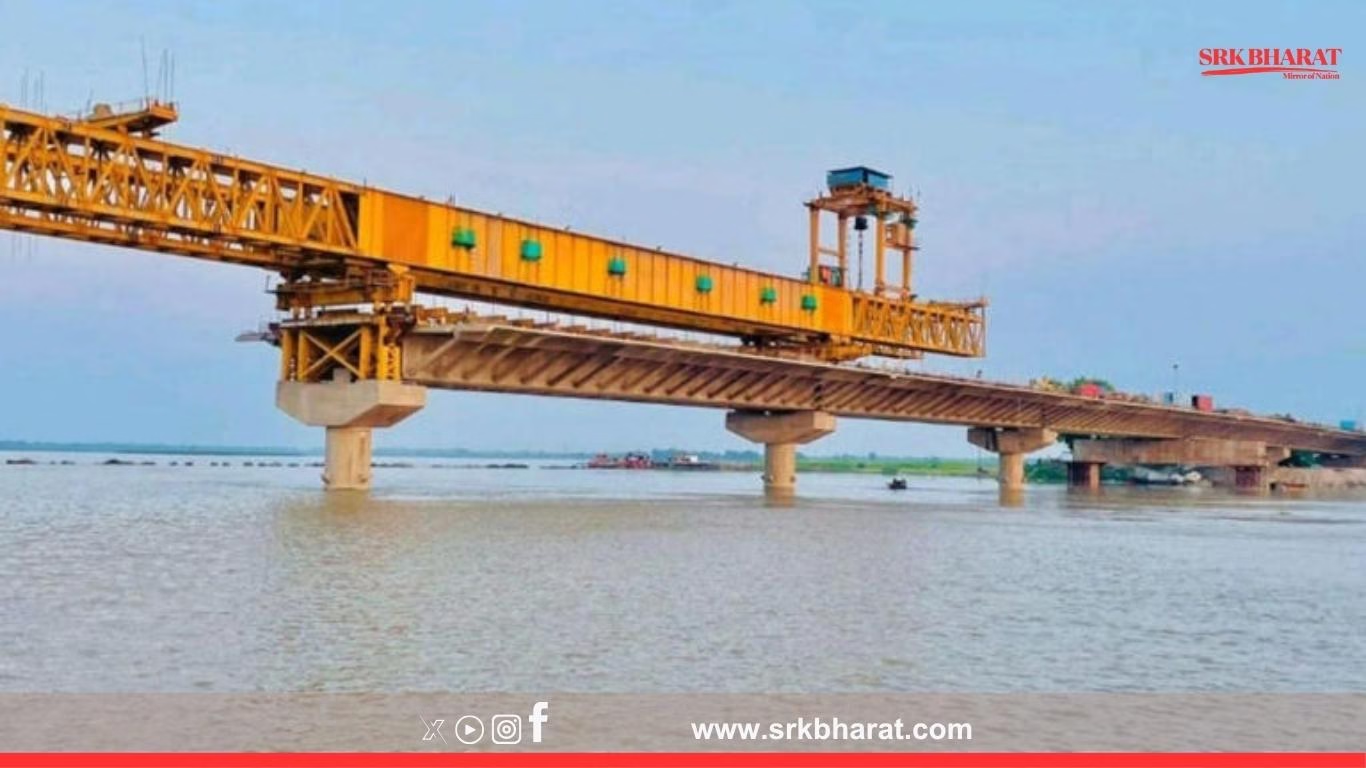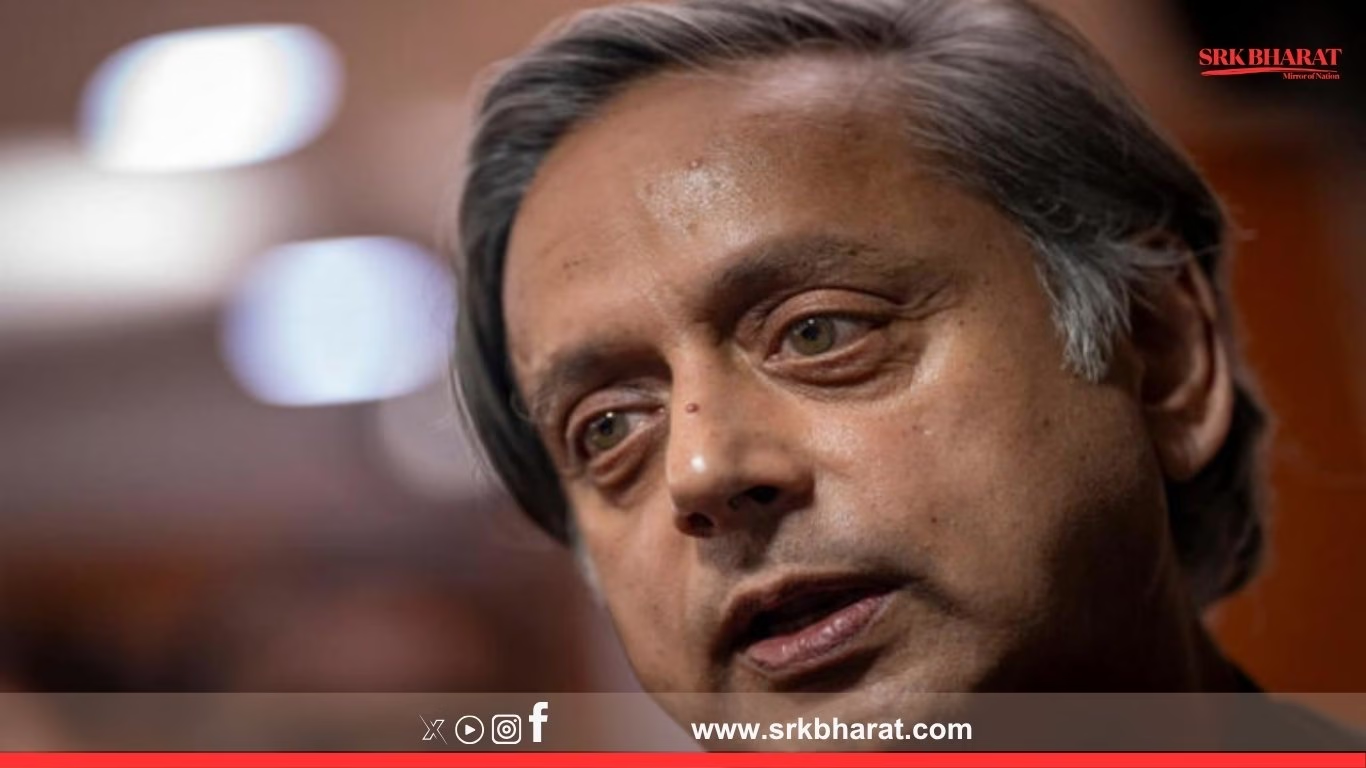In a major stride toward green urban transport, Kolkata Metro Railway has implemented regenerative braking technology across its fleet, significantly reducing carbon emissions and energy consumption. The eco-friendly system, now operational in 37 metro rakes, has helped regenerate 1.08 crore units of electricity in FY 2024–25, saving approximately ₹8.2 crore in energy costs.
⚙️ How Regenerative Braking Works
The technology enables a train’s electric motors to operate in reverse during braking, converting kinetic energy into electrical energy instead of dissipating it as heat. This recovered energy is either fed back into the grid or used to power onboard systems like lighting and air conditioning.
“This is a step forward in reducing fossil fuel use and promoting energy efficiency,” said a Metro Railway Kolkata spokesperson.
🌱 Environmental Impact and Global Standards
The adoption of regenerative braking has led to a reduction of 13,500 tonnes of carbon emissions in the last fiscal year alone. A study by Metro Railway Kolkata estimates 17–20% energy regeneration is achievable through this system, aligning Kolkata with global metro systems in London, Tokyo, and New York, which use similar technologies.
🔋 Battery Storage and Future Plans
In another green initiative, Kolkata Metro is setting up a 4-MW Advanced Chemical Cell (ACC) battery energy storage system, the first of its kind in Indian Railways. The system is expected to be operational by mid-July 2025, further enhancing energy efficiency and grid stability.
Stay tuned for more updates on India’s sustainable transport innovations.











